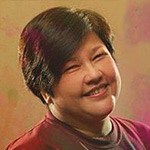 It amuses me that the Liberal Party (LP) gets associated with the call for human rights these days.
It amuses me that the Liberal Party (LP) gets associated with the call for human rights these days.
I guess that the karma of labels is finally catching up with this party. Liberalism is the political philosophy of human rights. And as far as I am concerned, we have never achieved a liberal democracy in the country. So maybe the LP is challenged to finally live up to its name. Hopefully the whole lot of our political parties can live up to their names too – Nacionalista, Partido ng Masang Pilipino, PDP-Laban – all trumpet their values. Yet as far as it goes, none of these values have been put in place in society.
If there is one generally accepted statement about or political system, it is that it needs reform.
Human nature
When I teach political theory in my university, I tend to follow the system of the feminist philosopher Allison Jaggar. In her book, Feminist Politics and Human Nature, Jaggar often begins with the question, “What does a political theory believe about what makes us human?” For Jaggar, the way each theory answers this question determines what its views are of the good life, a good society, and a good government.
For liberalism, rationality is what makes humans distinctly human. For liberals, rationality means that people know what it is they want or what it is that is good for them. They also know how to go about getting what they wish.
And so for liberals, the best way for people to live a fulfilled and happy life is to let them find their way. This, of course requires a referee. Otherwise there would be mayhem.
Notice I said referee, not director, nor father figure nor dictator. A referee is merely the person who points out the rules and gives assurances these are applied fairly so that everyone can pursue their goals and no one gets hurt.
Minimal government intrusions
In liberal philosophy the state or government is the referee. It ensures that people don’t get in each other’s way so that they may freely pursue “life, liberty and happiness”.
The state, like any referee, ensures that the rules are applied to each person without discrimination. In other words, the rule of law.
In fact, the early liberal formulations for what the state should do is very minimal: ensure agreements are lived up to when people agree, maintain peace and order among the citizens, and ensure external defense.
The minimal state was fundamental to liberal theorizing because of liberalism’s belief that we are human because we have the rationality to know what is good for ourselves and the freedom to pursue that goodness. Liberals were and have always been fearful of a power that rises above the equal power that exists among individuals.
And so, the first great formulation of human rights was, and remains, a caveat that limits the power of the state to intrude into individual lives. Some philosophers believe that the first big distinction in human rights is the division between what is governable by the state (the public domain) and what cannot be governed by the state (the private domain). In liberal democracies, the public realm, that which the state can regulate, must be kept small compared to the larger realm of individual freedom.
Thus the basic political and civil rights are meant to curtail state power. The rights to freedom of expression, the freedom of the press, the rights to privacy, freedom of religion, the sanctity of our communications, freedom of assembly and movement, the right to physical and mental integrity, and most especially the right to life, are expressly guaranteed by constitutions of liberal democracies which include the Philippines.
The guarantees are the people’s orders to our government and its leaders, including the president, not to use the powers we have granted them for a purpose outside that of protecting each and every person by ensuring that the laws are applied fairly.
Our leaders and all the powers and functionaries of government are to be used so that no one’s home is violated by the police looking for addicts, no one who is expressing his or her opinion is threatened by the mob, the media is allowed to say whatever stupid or smart thing it wants, the Catholic Church can practice its traditions such as providing sanctuary. Most importantly, no one – not the crazed maniac nor drug addict nor the cold-blooded mercenary and not the police – should take the life of another person.

Human rights prevents crime
Most civilized societies have moved beyond these original formulations to ensure greater freedoms and increase happiness. Hardly anyone loses his or her life to crime and state power such as police brutality or the death penalty. Indeed, in societies such as the Scandinavian countries and Japan where there has been decades of human rights observance by the state, the crime rate has been decreasing, and in some instances, is close to zero.
Perhaps another thought piece on the development of human rights concepts in the past two centuries might be helpful too. But these days we seem to have been set back to the earliest of formulations. Unfortunately it is time to reiterate the basics.
When people say of these killings in the drug war that human rights activists care only for the addicts and not their victims, they are wrong on so many counts. Because human rights advocates care that no one is deprived of his or her right to life, and have always called on the state to protect that right. When human rights advocates call on the state to observe due process before convicting anyone SUSPECTED of addiction, it is to ensure that no one is unfairly condemned by a state that is meant to protect and promote our right to life rather than curtail it.
This, too, is why we oppose the death penalty. When we put emphasis on the government’s wrongs it is because all of us gave that government power to hold guns, run prisons, and hold courts to ensure our well-being. I did not give the criminals power to curtail my freedoms. I did not vote criminals into power, nor did I pay taxes so that they would carry guns and be allowed by the courts to enter my homes if needed, arrest me if needed, and imprison me if needed.
I gave that power to our national leaders and those under their command. And so, indeed, we must all be more concerned when the people who have vowed to protect us – to whom we have given up some of our freedom so that we can all achieve our goals – betray us.
The ordinary criminal has harmed another person indeed and that is why we gave the government power so that it can deal with these criminals effectively. But it is the government that has both harmed and betrayed the individual and society when it uses its powers to kill. This is why it is also standard in most democracies to have a special government agency looking at abuses by the police and military. In the Philippines, we have the Comission on Human Rights.
The duty of the state
In social media recently, someone said that human rights defenders easily blamed PNP Chief Ronald dela Rosa and President Rodrigo Duterte for the drug war killings but wanted to know whom we would blame for the acts of criminals. My answer would be: we still blame the President and the police chief. They are mandated by the Constitution to prevent these crimes and when these are committed, to bring the criminals to justice so that they do not threaten us again.
Our basic laws and decades of experiences in the Philippines and in other countries have shown that criminals can be brought to justice without violating their rights. When a government begins to quibble about human rights, it is essentially saying it has failed in its most fundamental of duties to its citizens.
Who is responsible for any instance of the loss of life or safety in our society? Whoever it is that did the act is of course responsible. But who is implicated when crime or human rights violations occur? The government. The government is the ultimate duty bearer for all the rights violated by our fellow citizens, as well as by the police and the military.
Those of us who have worked for decades on human rights know that rights cannot be divided. The rights of one group (victims of drug crimes or the Rohingya) cannot be traded off for the rights of another group (addicts). There is no such thing as a democracy that applies the rule of law in some instances and not in others. We must fight for human rights for everyone regardless, and in all instances, regardless. To do otherwise will only lead to more harm for everyone. – Rappler.com
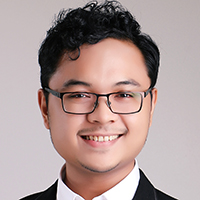 Two weeks before Ferdinand Marcos’ hundredth birth anniversary, President Rodrigo Duterte revived public discussions about the Marcoses’ wealth.
Two weeks before Ferdinand Marcos’ hundredth birth anniversary, President Rodrigo Duterte revived public discussions about the Marcoses’ wealth.




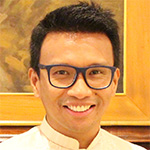 Prophets don't come often. But they play a crucial role. Their mandate is to deliver a message that strikes at the heart of people's realities.
Prophets don't come often. But they play a crucial role. Their mandate is to deliver a message that strikes at the heart of people's realities.
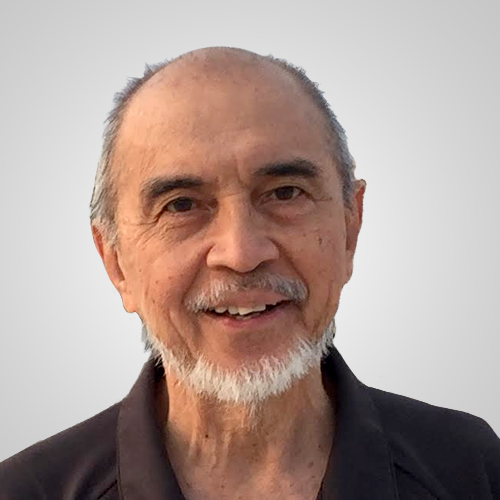
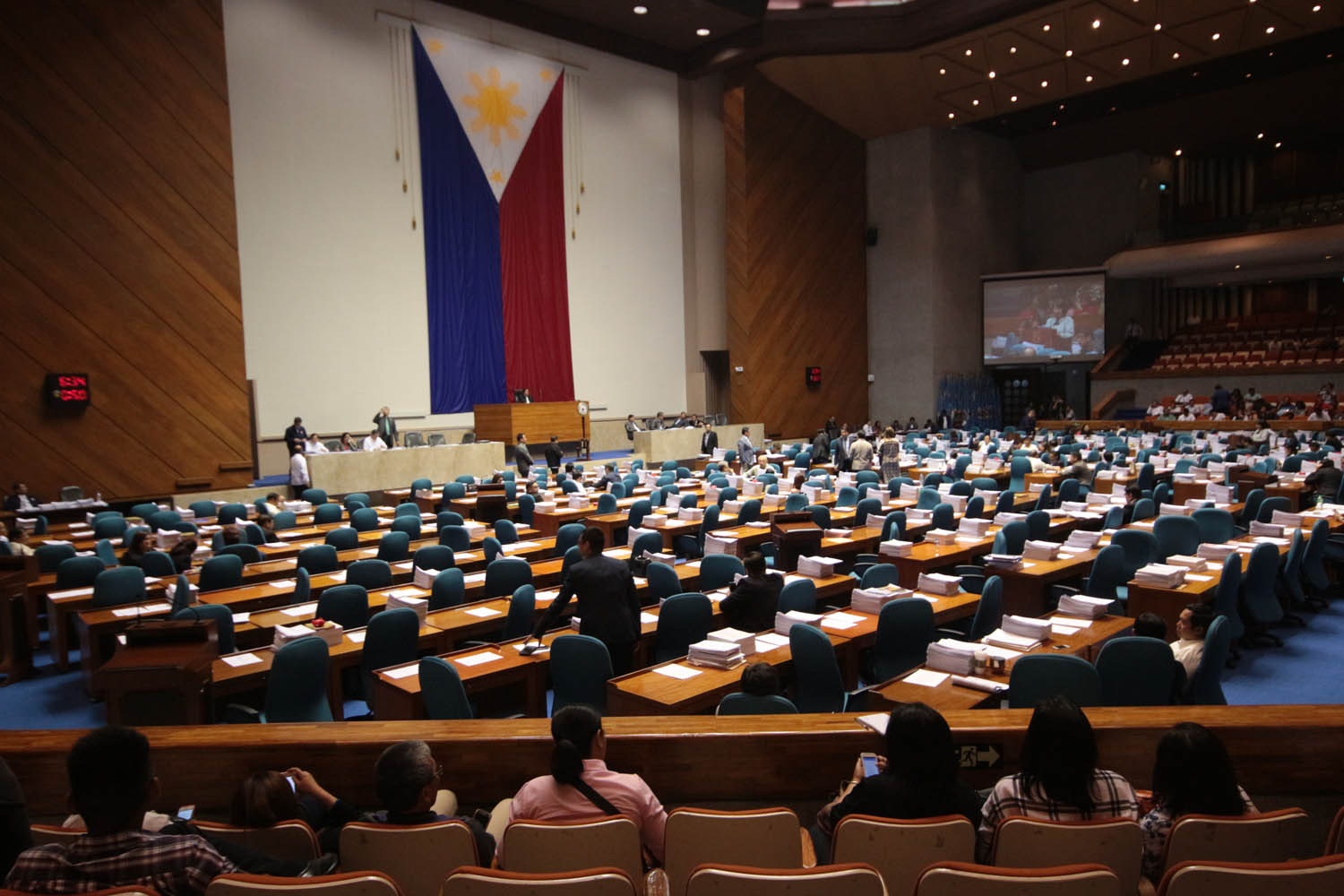
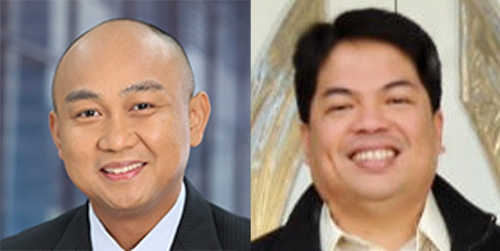


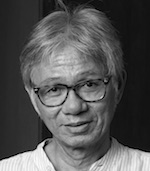 A
A 


 An imam (mosque leader) wailing in prayer and the city mayor weeping during his turn to speak before an assembly of civil society organizations was my first long look at the crisis in Marawi City in early August.
An imam (mosque leader) wailing in prayer and the city mayor weeping during his turn to speak before an assembly of civil society organizations was my first long look at the crisis in Marawi City in early August.
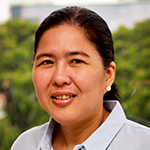










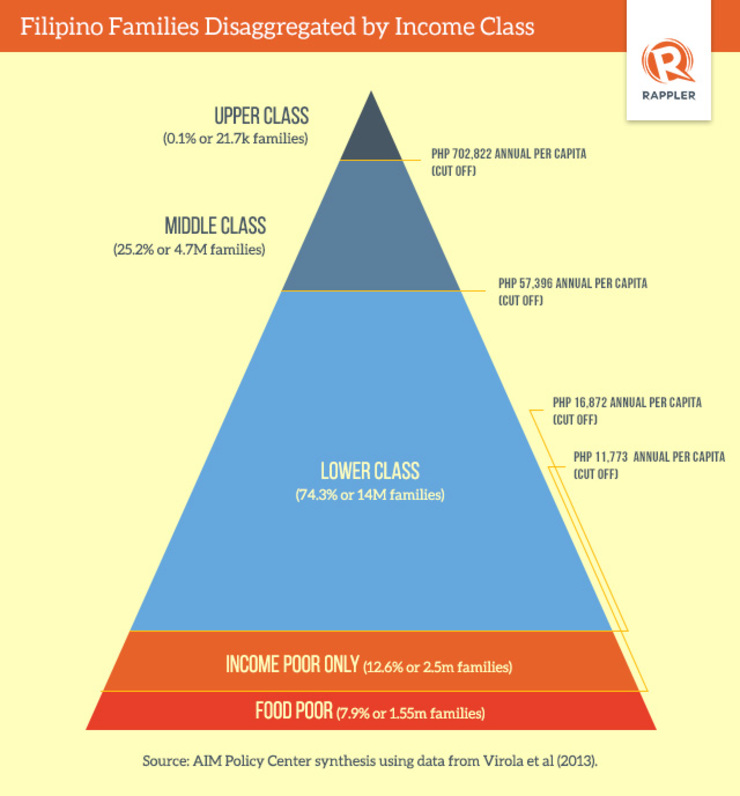
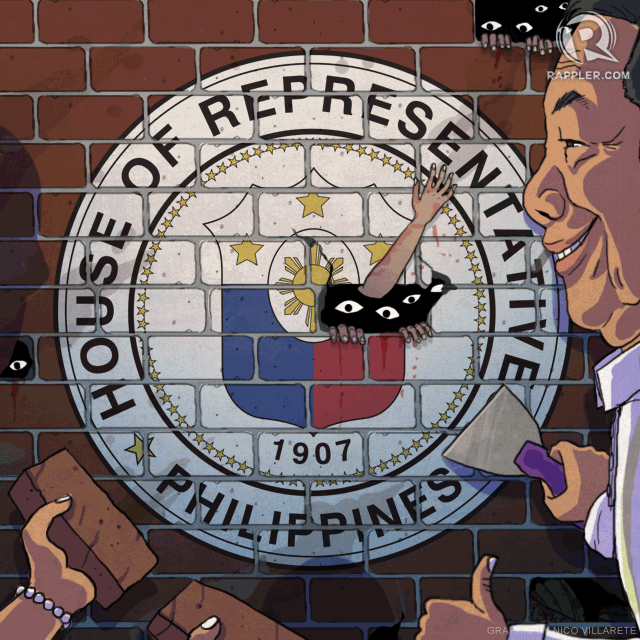
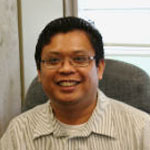 The Sandiganbayan Fifth Division
The Sandiganbayan Fifth Division 



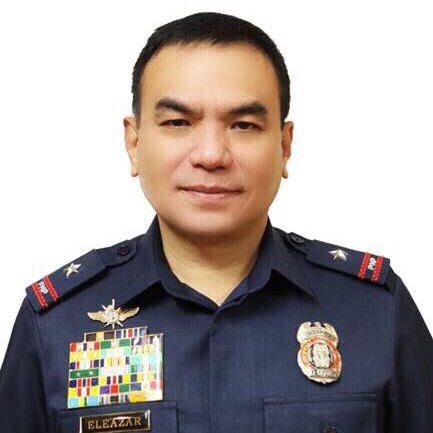

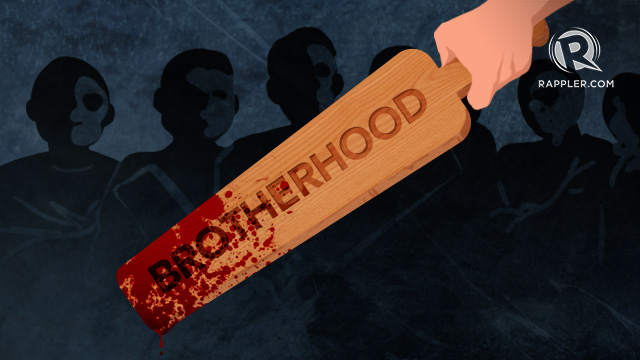

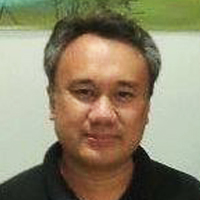 Many have been castigating the
Many have been castigating the 